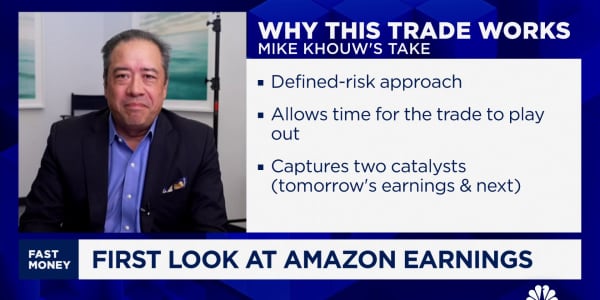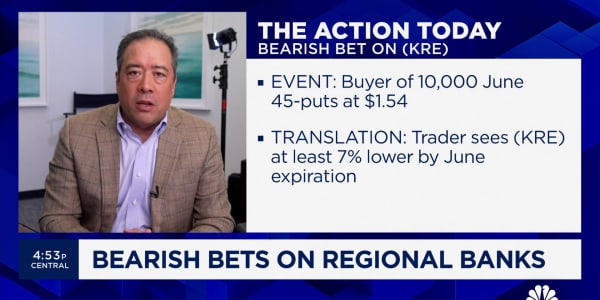
Options have becoming an increasingly important part of the financial markets, and they can be a powerful tool in many different situations. But how exactly do they work?
To begin with the very basics, options are considered part of the more general group of financial instruments known as derivatives. That's because their value is derived from that of an underlying asset, such as a stock, an exchange-traded fund, or a futures contract.
Options come in two flavors—puts and calls. A call is the right to buy a stock for a given price within a given period of time, while a put is the right to sell a stock for a given price within a given period of time.
The price at which the option can be exercised— in other words, the price at which the stock may be bought or sold—is known as the strike price. And the time at which the option expires is known as the expiration date.
A trader may choose to either buy or sell an option, meaning that there are four basic trades: buying a call (generally a bullish strategy), selling a call (a neutral or bearish strategy), buying a put (a bearish strategy), or selling a put (a neutral or bullish strategy).
To put it all together, then: If a trader buys the March 100-strike call on stock ABC, that means he is paying for the right to buy shares of ABC between now and March expiration. (An American option can technically be exercised prior to expiration, though that would only be done in rare situations).
Read MoreKnow your options: Buying a call
So how much will that right cost?
Well, an option's price is made up of two components: Intrinsic value and time value.
Intrinsic value is inherent in the price of an option—it is how much an option would be worth if it were exercised immediately. For instance, if ABC is trading at $105, then the 100-strike call has $5 worth of intrinsic value, and the 110-strike call has no intrinsic value. Conversely, the 110-put has $5 of intrinsic value, and the 100-put has $5 worth of intrinsic value.
But there's more to an option's price than its intrinsic value. An option also has time value (also known as extrinsic value) because there's always the chance that the stock moves more between now and its expiration date. The exact price of an option is set by demand in the market, and predicting the time value of an option is more than a bit tricky, but the main inputs are the time until expiration and the stock's volatility.
Follow the show on Twitter: @OptionsAction.






